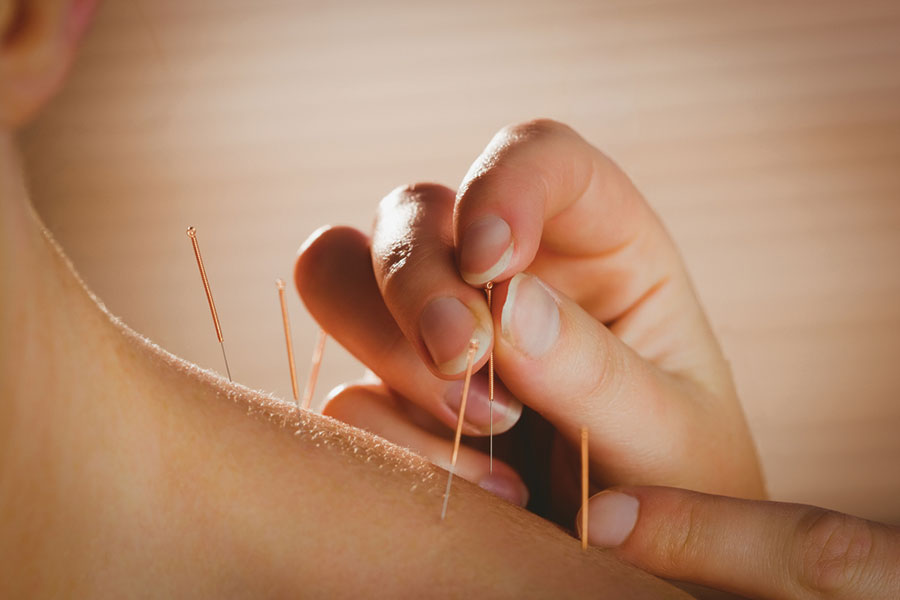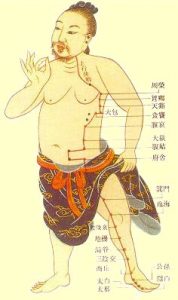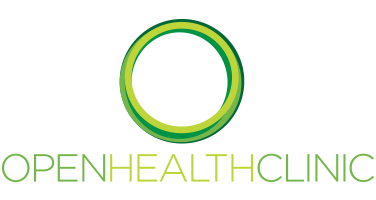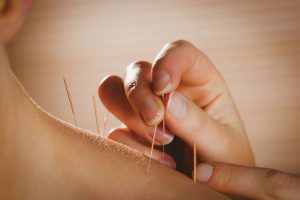
15 Feb The Benefits of Acupuncture
Openhealth is a multi-disciplinary clinic, and acupuncture is an important part of the team-led approach that we believe is the best route to patient recovery.
Some patients will visit us for acupuncture alone, some will have it included during their physiotherapy or osteopathy appointments, and some will be recommended to see our acupuncturist as an adjunct to their existing management.
We’ll come to the difference between acupuncture and dry needling in a moment, but first let’s see what acupuncture can offer to patients in a clinic like Openhealth.
Research has shown that over 60 conditions display measurable improvements following acupuncture treatment. Many of these conditions are typically treated using hands-on therapies, but can also benefit from acupuncture treatment. These include:
- Chronic conditions where healing has been slow, such as a prolonged tennis elbow. Acupuncture can help stimulate an increased rate of repair, kick-starting recovery again.
- Acute conditions where patients are experiencing pain in a part of their body that is too tender to be touched and moved – a physiotherapist or osteopath might shy away from directly treating such an acutely painful area. A good example is sciatica; acupuncture can help reduce pain without the risk of symptoms flaring up due to any excessive movement.
- Generalised muscle tightness often makes hands-on treatment unproductive but this can be helped with acupuncture. Muscles can be persuaded to relax, and subsequent hands-on treatment may be more productive.
In addition to varied musculoskeletal injuries, acupuncture can also help patients suffering from:
- Fertility issues
- Migraines and tension-type headaches
- Immune system disorders including allergies, infections and immunodeficiency
- Stress
(For a more complete A-Z list of conditions that acupuncture can treat, visit the website of the British Acupuncture Council here.)
So how does it work?
Traditional acupuncture has its roots in Traditional Chinese Medicine (TCM), which is built on the premise that every person has energy that flows throughout their body. This energy is called Qi (loosely pronounced “chi”),

In traditional acupuncture, needles are inserted along meridian lines. Different meridians affect different systems in the body.
and where the flow of Qi through a patient’s body is blocked, problems will arise as a result.
Similar to a dam on a river, stagnation develops upstream of any energy blockage, and deficiency occurs downstream. The role of the acupuncturist is to draw the body’s attention to where this flow is lacking and restore a healthy flow. Once this is acheived, patients often report better sleep, increased energy levels, and improved concentration.
How is Dry Needling different?
In contrast to traditional acupuncture, dry needling targets muscles, tendons and ligaments that have been identified as part of a musculoskeletal analysis of the patient. There is less consideration of energy flowing through the body.
This form of treatment is most often what physiotherapists, osteopaths and some massage therapists use with their patients, and explains why they would still recommend referral to a traditional acupuncturist in certain cases if they felt that the patient’s presentation required a wider approach.
Which is better for me?
We wouldn’t expect patients to know which is better for them, and that’s why we work as a team. Several of our physiotherapists and osteopaths perform dry needling, whereas our acupuncturist will use traditional techniques to influence a patient’s Qi. Together we find the right balance of treatment for each patient.
If you have read this and have any questions about acupuncture or are wondering if it might help you, please do not hesitate to get in touch with the clinic – our practitioners are here to help!
You can also find out more about acupuncture at the website of the British Acupuncture Council.




No Comments